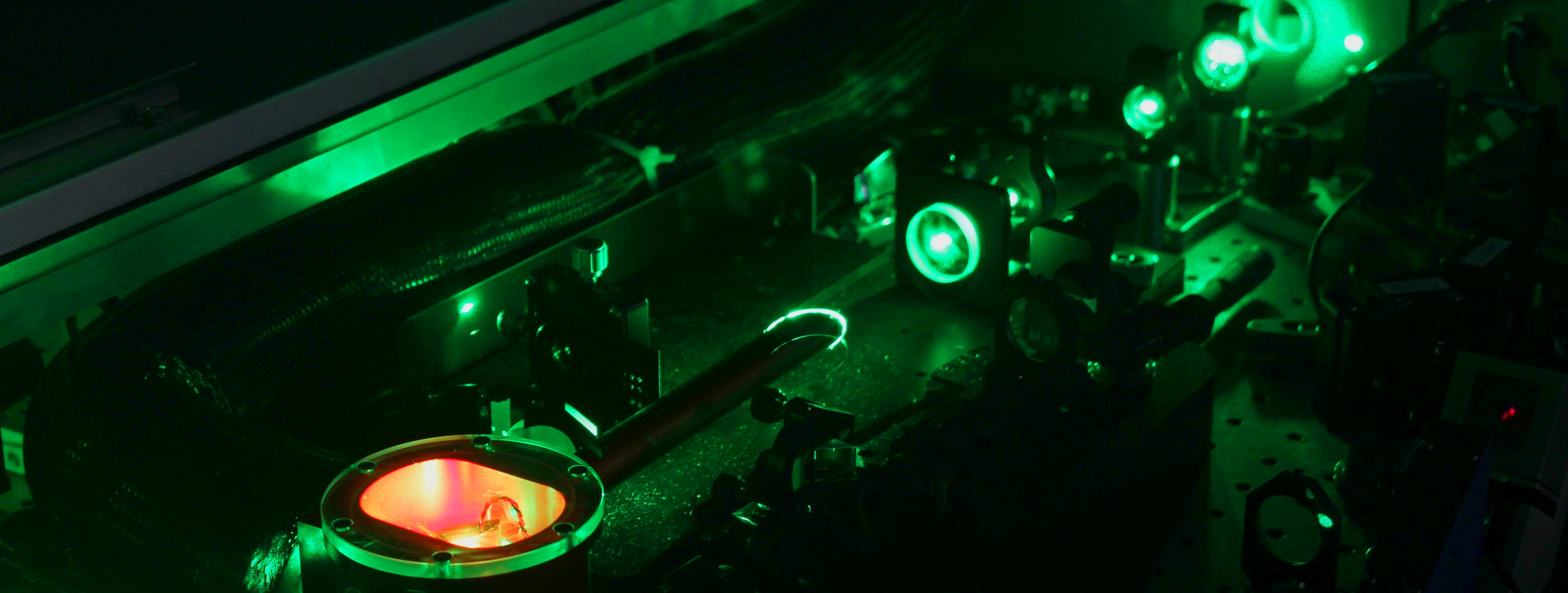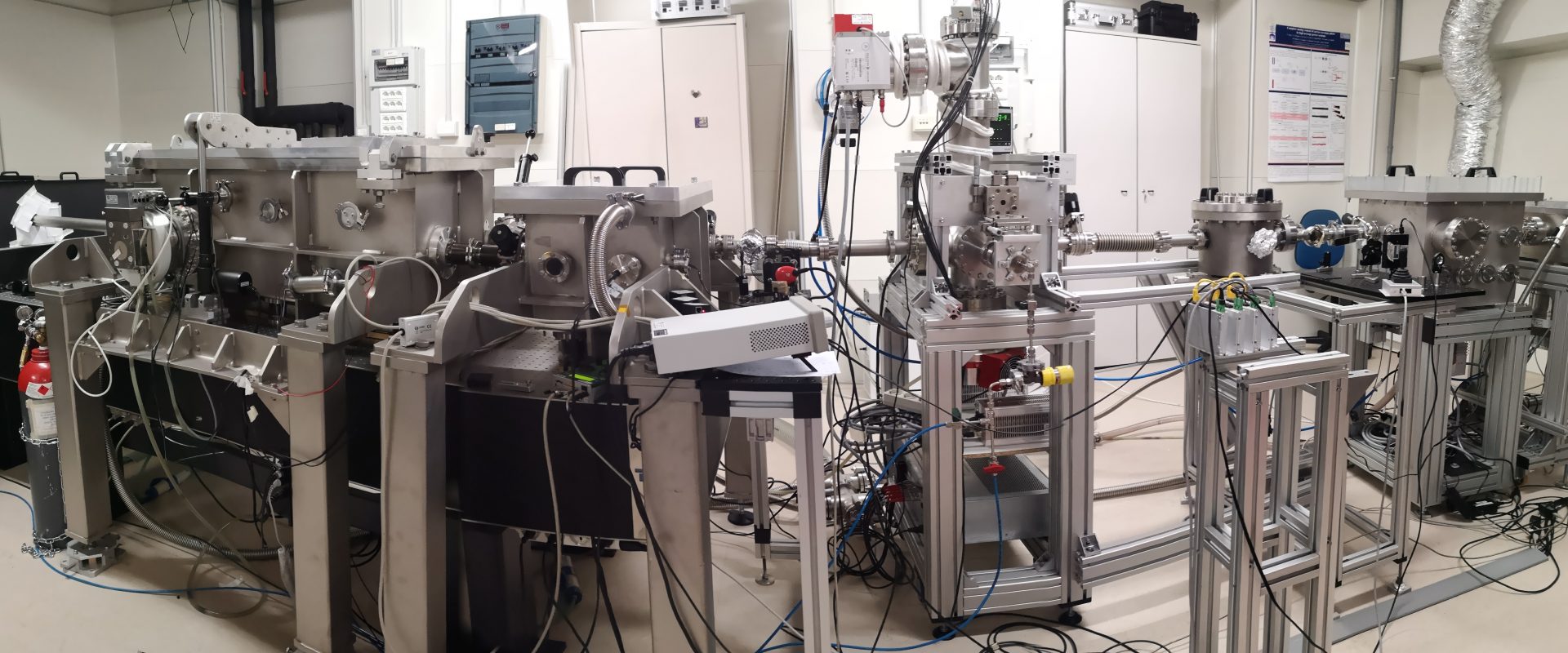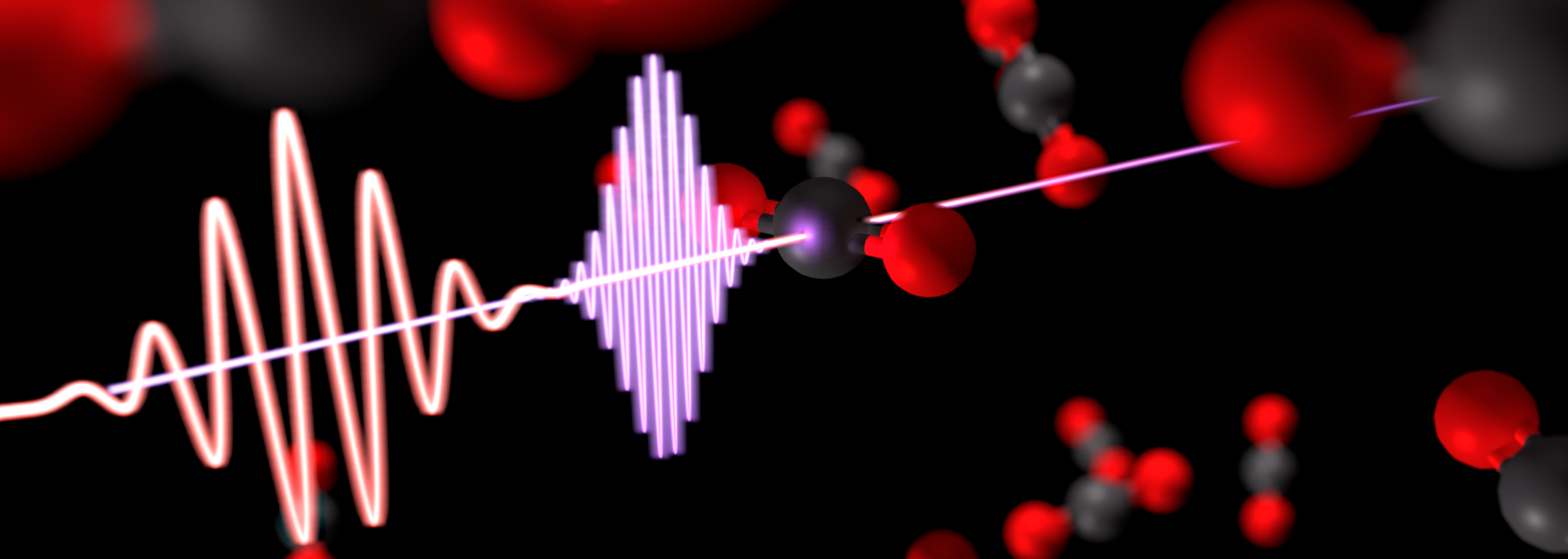The activity of the “Attosecond Research Center” is based on the application of ultrashort EUV pulses to the investigation of ultrafast phenomena in atoms, molecules and solids on timescales ranging from a few femtoseconds to a few tens of attoseconds. The experimental activity is performed in three laboratories equipped with two attosecond beamlines and a femtosecond beamline with a time-delay compensated EUV monochromator. The current research is highly interdisciplinary, since it combines challenging achievements in various fields: laser technology, extreme nonlinear optics, XUV optics, atomic, molecular and solid-state physics, molecular modeling, inorganic and organic chemistry, biophysics.
The center takes advantage of the expertise in attosecond science acquired in the last decade by the attosecond group at the Physics Department of Politecnico di Milano in Milan and the IFN-CNR, Italy. The group has a long standing expertise in the field of ultrafast science and technology. In 2006 the first complete temporal characterization of isolated attosecond pulses, based on the FROG CRAB technique, was demonstrated in Milano. The key laser technology at the basis of this result was the generation of high-energy few-optical-cycle pulses, by using the hollow fiber compression technique (invented and developed in 1996 by Orazio Svelto, Sandro De Silvestri and Mauro Nisoli). Since then, various important applications in attosecond science have been reported by the group, in close collaboration with various European researchers.
Our laboratories receive funding by the European Research Council:
European Union’s Seventh Framework Programme (FP7/2007-2013) / ERC Advanced Grant – grant agreement n. 227355 ELYCHE (ELectron-scale dYnamics in CHEmistry).
European Union’s Horizon 2020 Programme / ERC Starting grant AuDACE (Attosecond spectroscopy of aDvAnCEd materials)
European Union’s Horizon 2020 Programme / ERC Synergy Grant TOMATTO (The ultimate time scale in Organic Molecular opto-electronics, the ATTOsecond)




